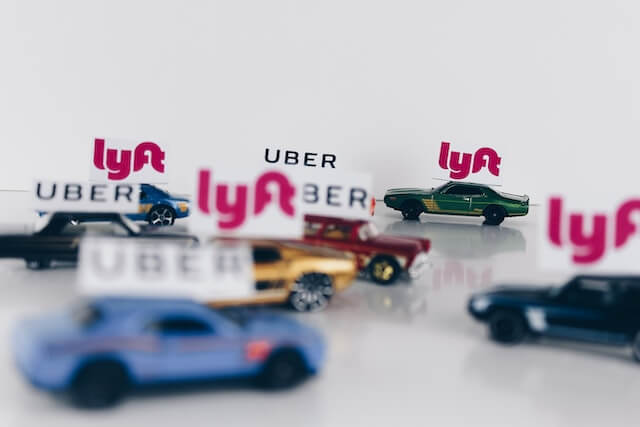Convenience serves as the driving factor behind the availability of apps that effortlessly bring the world to our fingertips. Whether it’s ordering a high-quality meal to be delivered directly to your door or having items brought to you with a tap, technology has completely revolutionized our daily lives. This digital revolution also extends to ride-hailing services, which made travelling so much more convenient.
But is it safe to trust an app with your life? Are ride-hailing apps like Uber and Lyft a safer option than traditional cabs?
Read more to find out.
A Paradigm Shift in Transit
Ride-hailing apps have truly changed the world of transportation. With just a few taps on our smartphone, a car driven by a chauffeur will arrive at our doorstep. Companies like Uber and Lyft have completely revolutionized our city travel and introduced to us a new era of commuting.
The Legal Framework
Ride-hailing companies operate within a network of regulations meticulously designed to prioritize passenger safety and guarantee adherence to operational standards. These regulations direct how these ride-hailing apps should operate and ensure that their drivers are conforming to the traffic laws and regulations.
Ride-hailing Driver Liability
Drivers of these ride-hailing apps have duties and responsibilities that allow them to deliver quality service to their passengers. These include vehicle maintenance and ensuring that they are fit to drive. This means that every time they are rendering service to passengers they aren’t drunk or using illegal drugs. Any violations on their part can result in serious legal problems both to the driver and the company that owns the app.
Passenger Rights and Protections
As passengers we are actually protected by the law to ensure that we are exercising our rights freely. This means that drivers can’t discriminate against passengers or make passive-aggressive remarks. In the event that your rights are violated by the driver you can always file a complaint with the app’s customer support.
Accident and Injury Claims: Navigating the Legal Thoroughfare
Despite the claims that ride-hailing apps are safer there are still car accidents involving their drivers. If you find yourself in a situation where the driver is uncooperative or if you sustain injuries as a passenger, it’s advisable to consult with an Uber and Lyft Accident Lawyer. On the other hand, as a driver, having insurance coverage in such cases can be incredibly valuable for dealing with civil liabilities. Therefore it’s important to review the terms and conditions before working with these apps.
Dispute Resolution and Legal Redress
In case of disputes it is crucial to have an understanding of your legal options. Don’t hesitate to seek resolution because regulatory authorities are diligent in their oversight.
Conclusion
Navigating the intersection between ride-hailing services and the law may seem like a daunting task. However, having an understanding of the rules and regulations can make your journey much more seamless.
Whether you find yourself in the position of a passenger or driver, it’s important to bear in mind that the law functions as a seatbelt ensuring your safety throughout every ride you take. So always stay informed. Make your well-being a priority.
